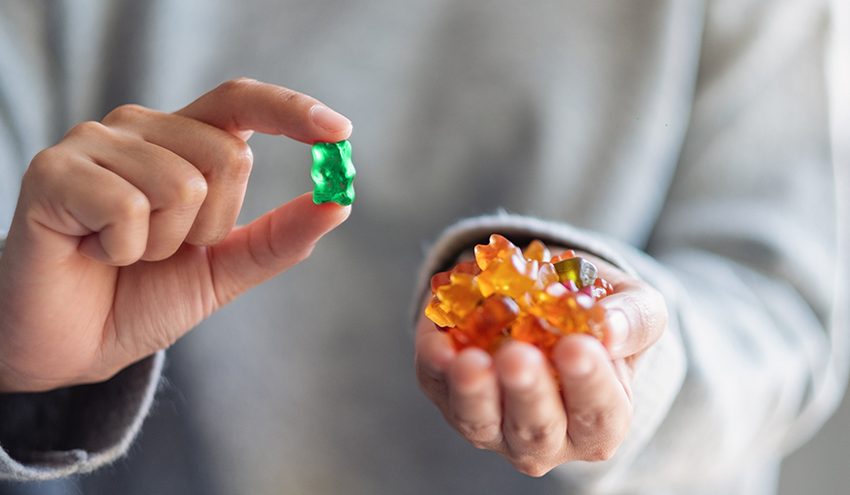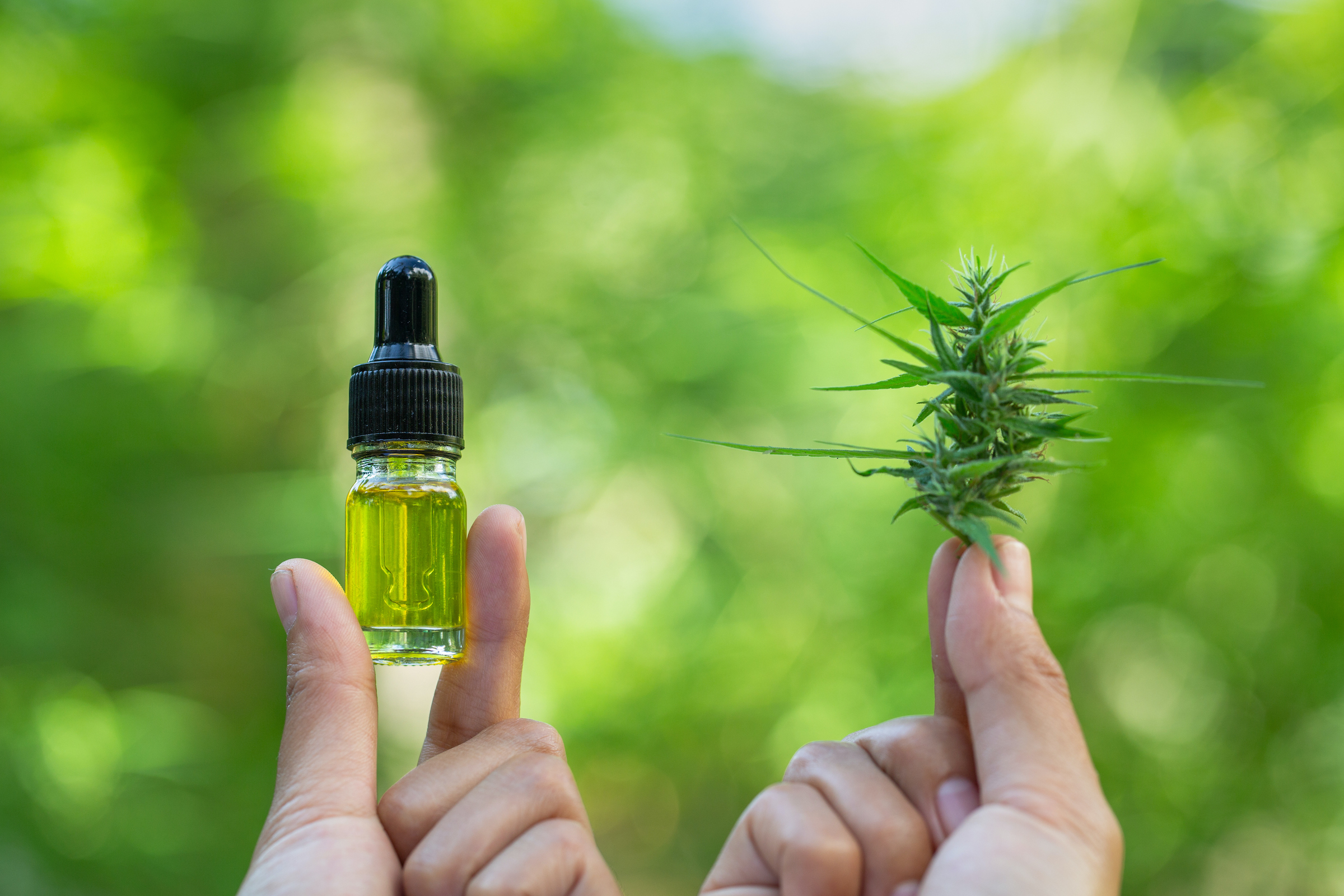Cannabis is a plant that has been used for medicinal and recreational purposes for thousands of years. It has over 100 active compounds, known as cannabinoids, terpenes, and flavonoids, contributing to its various effects. This article will take a closer look at terpenes vs flavonoids and explore their differences and potential benefits.
What are Terpenes?
Terpenes are a class of aromatic compounds found in many plants, including cannabis. They are responsible for the unique smells and flavors associated with different strains of cannabis. Terpenes also have a variety of therapeutic properties, such as anti-inflammatory, anti-anxiety, and analgesic effects. Some of the most common terpenes found in cannabis include myrcene, limonene, and pinene.
Myrcene, for example, has a musky, earthy scent and is believed to have sedative and anti-inflammatory effects. Limonene, which has a citrusy scent, may help reduce stress and anxiety. Pinene, with its piney aroma, is believed to have anti-inflammatory and bronchodilator effects.
What are Flavonoids?
Flavonoids are a class of compounds that give plants their bright colors. In cannabis, flavonoids are responsible for some strains’ blue, purple, and red pigments. Flavonoids have a range of potential health benefits, including antioxidant, anti-inflammatory, and anti-cancer properties. Some of the most common flavonoids found in cannabis include quercetin, cannflavin A, and kaempferol.
Quercetin, for example, is a powerful antioxidant that may have potential in treating allergies and asthma. Cannflavin A is a flavonoid with potent anti-inflammatory effects and may be useful in treating chronic pain. Kaempferol has shown potential in treating cancer and cardiovascular disease due to its anti-inflammatory and antioxidant effects.
Differences Between Terpenes and Flavonoids
While both terpenes and flavonoids are found in cannabis and may offer potential health benefits, there are some key differences between the two compounds.
Chemical Structure
Terpenes are made up of isoprene units and are relatively small molecules. Flavonoids, on the other hand, have a larger and more complex structure known as a flavonoid skeleton. This difference in structure may affect the way that the compounds interact with the body.
Therapeutic Properties
While both terpenes and flavonoids have a range of potential health benefits, they may also have unique properties. Myrcene, for example, is believed to have sedative effects, while cannflavin A may be particularly effective in treating chronic pain. The different therapeutic properties of these compounds may make them more or less effective for certain conditions.
Potential Benefits of Terpenes and Flavonoids in Cannabis
When consumed with other active compounds in cannabis, they may enhance the potential health benefits of the plant. For example, myrcene is believed to increase the absorption of THC, the psychoactive compound in cannabis, in the brain. Limonene may enhance the effects of CBD, a non-psychoactive compound in cannabis that is believed to have anti-anxiety and anti-inflammatory effects.
Flavonoids, on the other hand, may enhance the antioxidant and anti-inflammatory effects of cannabis. Cannflavin A, for example, has been shown to be 30 times more effective than aspirin in reducing inflammation.
Conclusion
Terpenes vs flavonoids are two of the many active compounds found in cannabis, each with its own unique set of potential health benefits. While they share some similarities, key differences exist between the two compounds, such as their chemical structure and specific therapeutic properties. When consumed with other active compounds in cannabis, they may enhance the potential health benefits of the plant. As research on the therapeutic potential of cannabis continues, terpenes and flavonoids may become even more important in developing new and innovative treatments for a wide range of conditions. If you are interested in exploring the potential benefits of terpenes and flavonoids in cannabis, be sure to talk to your healthcare provider or a knowledgeable cannabis professional.












